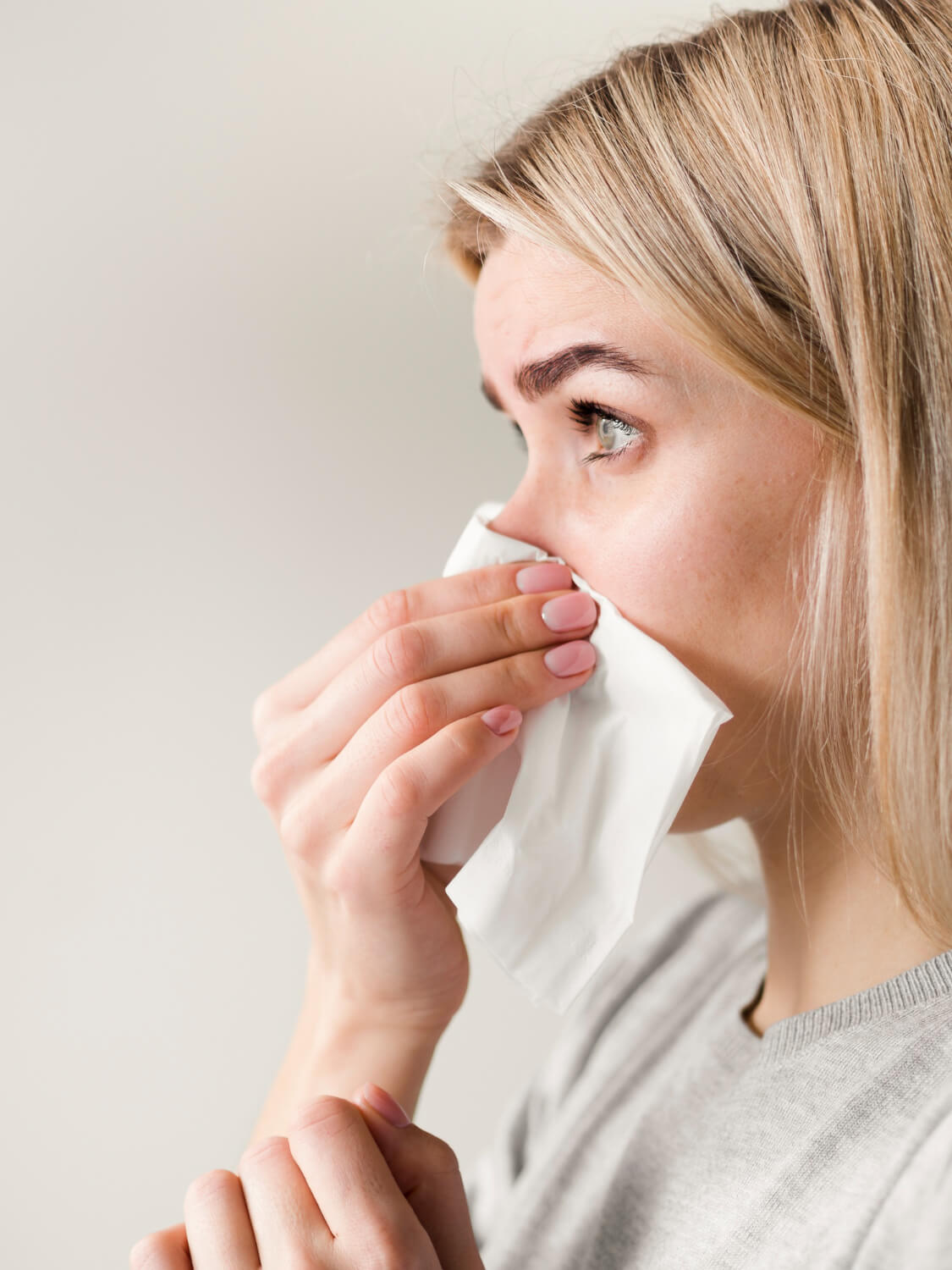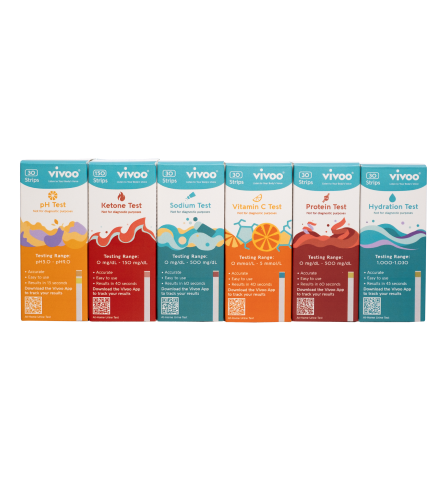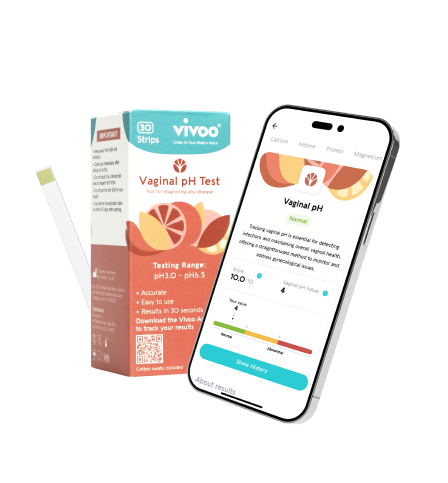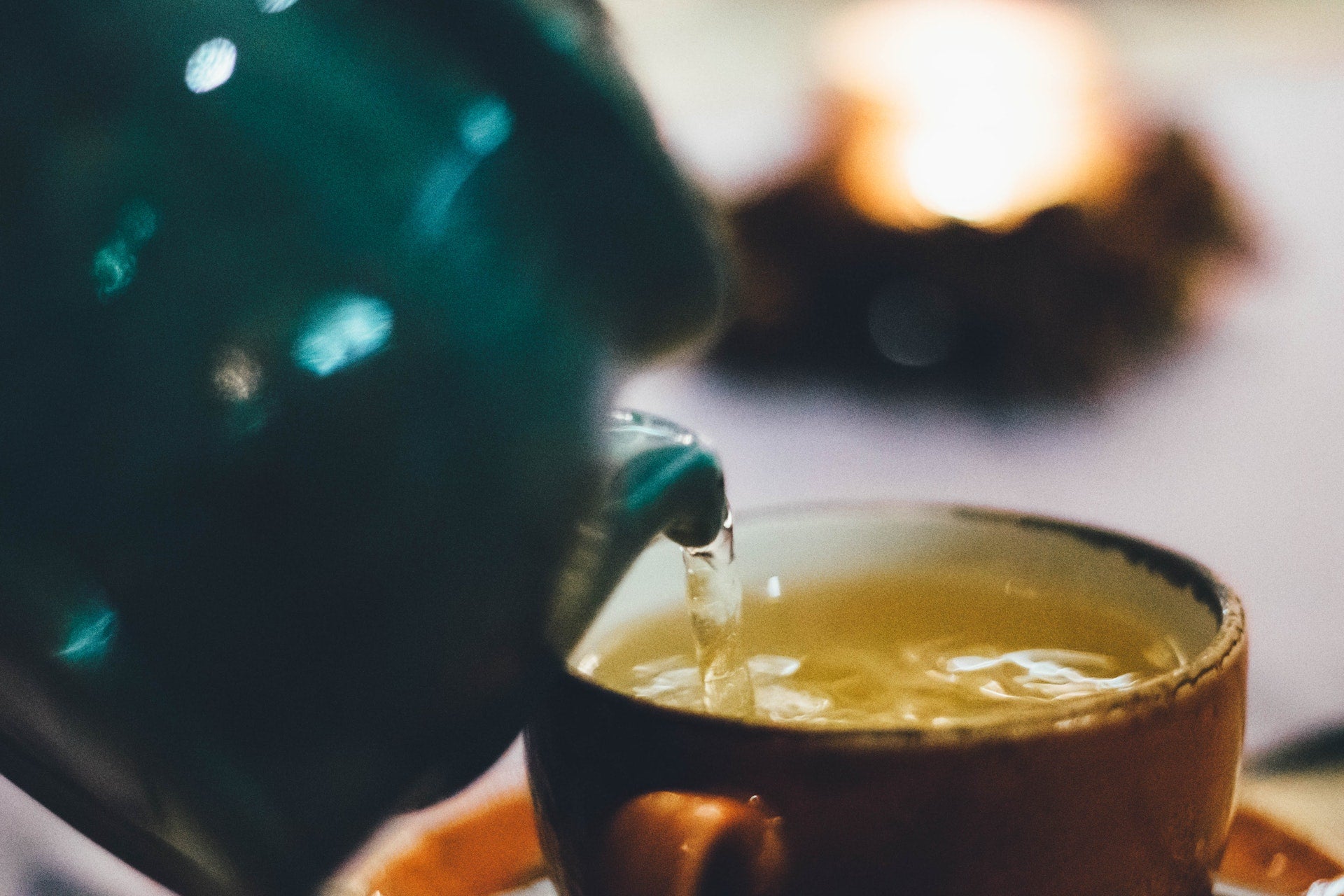What is Histamine Intolerance?
Histamine intolerance is a condition that has been receiving more attention lately because of how it affects people's well-being. Histamine is a naturally occurring compound that helps with things like the immune system, stomach acid regulation, and even brain function.
But for some people, there's an imbalance between the amount of histamine produced and the amount broken down due to problems with enzymes such as DAO levels and HNMT. This means histamine can build up in the body, leading to unpleasant symptoms like headaches, hives, digestive issues, congestion, and rashes. While not technically a food allergy, it can still make life pretty difficult for those affected by it.
There are ways to manage it, though! Actions like changing your diet or taking antihistamines can help you feel better. Researchers are still trying to learn more about histamine intolerance so we can find even better treatments for it in the future!

What are the Symptoms of Histamine Intolerance?
There is a range of symptoms that come with histamine intolerance, and people with histamine intolerance often experience:
- A stuffy, runny, or itchy nose
- Diarrhea
- Headache
- Abdominal pain, nausea
- Bloating
- Redness, especially in the head and chest
- Red, itchy, or watery eyes
- Feelings of weakness or fatigue
- Itching and rashes rash
- Motility in bowel movements
How do you Diagnose Histamine Intolerance?
Identifying histamine intolerance can be difficult due to its symptoms resembling those of other conditions, leading to it being overlooked or misdiagnosed. Healthcare professionals usually begin the diagnostic process by taking a detailed medical history and conducting a thorough physical examination.
Since histamine intolerance is primarily linked to the consumption of histamine-rich foods, keeping a detailed food diary can be very helpful in identifying potential triggers.
Furthermore, a low-histamine diets trial may be suggested, with careful monitoring for symptom improvement. To confirm the diagnosis, specialized tests that measure histamine levels and the activity of enzymes like diamine oxidase (DAO) may be performed. However, these tests are not always available and may not always provide conclusive results.
In certain cases, other conditions such as allergic reaction, gastrointestinal disorders, or mast cell disorders may need to be ruled out, adding to the complexity of the diagnostic process.
As healthcare professionals continue to refine diagnostic methods and raise awareness of this condition, the goal is to enable timely and accurate identification, leading to a better quality of life for those affected.
How is Histamine Intolerance Treated?
Managing symptoms and reducing histamine levels are the primary goals of treating histamine intolerance. One effective approach is adopting an elimination diet. This means limiting or avoiding the consumption of histamine-rich foods, such as fermented foods, aged cheeses, processed meats, and certain fruits.
It is also necessary to avoid alcohol and certain medications that trigger histamine release. Taking DAO enzyme supplements before meals can help break down ingested histamine and alleviate symptoms. In addition, antihistamine medication can provide temporary relief from acute symptoms.
Managing stress levels can also help reduce symptoms. It is crucial to work with a healthcare professional to create a personalized treatment plan, identify triggers, and find the most effective management strategies to improve quality of life and reduce the impact of histamine intolerance on daily life.
What Diseases Cause Histamine Intolerance?
Histamine intolerance can be triggered or exacerbated by several underlying health conditions such as:
- Small intestinal bacterial overgrowth (SIBO)
- Leaky gut syndrome
- Gastrointestinal disorders (e.g., irritable bowel syndrome - IBS, inflammatory bowel disease - IBD)
- Enzyme deficiencies (e.g., DAO - diamine oxidase, HNMT - histamine N-methyltransferase)
- Histamine-releasing mast cell disorders (e.g., mast cell activation syndrome - MCAS)
Histamine intolerance is linked to the activation of mast cells, which release histamine and exacerbate symptoms in individuals affected by this condition. It is important to comprehend the relationships between different factors and determine what is causing histamine intolerance in order to manage it effectively and enhance the quality of life for those who suffer from it.
As studies progress, healthcare providers will be able to diagnose and treat the underlying issues more accurately, resulting in more precise and tailored treatments for histamine intolerance.

What Are the Effects of Histamine?
Histamine is a chemical compound naturally produced in the body that plays a crucial role in various bodily processes. Also, histamine is a vital compound with various effects on the body. Its primary function is to trigger allergy symptoms such as itching, sneezing, and nasal congestion in response to allergens.
Histamine also plays a crucial role in regulating stomach acid secretion, aiding in digestion. Additionally, it acts as a neurotransmitter, transmitting signals between nerve cells in the brain, affecting sleep-wake cycles, and contributing to cognitive processes. However, when histamine levels exceed the body's capacity to break it down, histamine intolerance can occur, leading to a wide range of adverse effects such as headaches, hives, digestive disturbances, skin rashes, and respiratory issues.
Understanding the diverse effects of histamine and its role in various bodily processes is crucial for both medical professionals and individuals affected by histamine intolerance to effectively manage the condition and mitigate its impact on overall health and well-being.
What Causes High Histamine Levels?
Individuals with histamine intolerance may experience an increase in histamine levels due to various factors that disrupt the balance between histamine production and breakdown in the body. One of the primary causes is a deficiency or reduced activity of enzymes responsible for breaking down histamine, such as diamine oxidase (DAO) and histamine N-methyltransferase (HNMT).
When these enzymes are unable to effectively metabolize histamine, it accumulates in the bloodstream, leading to elevated levels. Certain foods can also trigger the release of histamine or inhibit the enzymes that break it down, increasing histamine intolerance symptoms. Additionally, infections and bacterial overgrowth in the gut can stimulate histamine production, contributing to increased levels.
Infections and bacterial overgrowth in the gut can also stimulate the production of histamine, further contributing to elevated levels. Furthermore, certain medications, like nonsteroidal anti-inflammatory drugs (NSAIDs), can interfere with histamine breakdown, potentially worsening the condition.
Stress and hormonal fluctuations may also play a role in histamine release, leading to an increase in histamine levels. By understanding the underlying factors that contribute to histamine intolerance, effective management strategies can be developed, ultimately improving the overall well-being of those affected by this complex condition.
Which Foods Are Rich in Histamine or Promote Histamine Secretion?
If you have histamine intolerance, it's important to know that certain foods that contain high levels of histamine or trigger its release in the body can influence histamine secretion. By being mindful of these histamine-rich foods, you can better manage your symptoms and improve your overall well-being. Some common foods that are known to be high in histamine include:
- Aged cheeses: Cheeses like blue cheese, Parmesan, and cheddar have elevated histamine levels due to the aging process.
- Fermented foods: Sauerkraut, kimchi, and kombucha contain high levels of histamine due to the fermentation process.
- Processed and cured meats: Deli meats, salami, and pepperoni can be histamine-rich, making them potential triggers.
- Smoked fish and meats: The smoking process increases histamine levels in fish and meats.
- Shellfish: Certain shellfish, such as shrimp and lobster, have higher histamine content.
- Alcohol: Wine, beer, and champagne can stimulate histamine release in the body.
- Vinegar and pickled foods: These acidic foods may prompt histamine production.
- Certain fruits and vegetables: Tomatoes, eggplants, spinach, and avocados can contain histamine or substances that release it.
For those with histamine intolerance, reducing or avoiding the intake of foods rich in histamine can help alleviate symptoms. Keeping a food diary and consulting a healthcare professional or registered dietitian can also aid in creating a personalized diet plan based on individual tolerance levels.
This can potentially lessen the severity and frequency of symptoms. To effectively manage histamine intolerance, it's essential for individuals to avoid histamine-rich foods, such as aged cheeses, fermented products, and certain shellfish
For those with histamine intolerance, it can be helpful to avoid foods that promote histamine production. This can lead to a low-histamine diet, which may decrease the intensity and frequency of symptoms. It's important to talk to a healthcare professional or registered dietitian to develop a personalized plan that meets individual needs and preferences.

Managing Your Diet With Histamine Intolerance
Having a diet that is low in histamine might be enough to address the symptoms of histamine intolerance, even if it doesn’t fully resolve it.
Since almost all foods and beverages contain some histamine, any diet will inevitably contain some. That said, there are some foods that are high in histamine. As foods age or spoil, histamine levels rise. Fermented foods also have high histamine levels.
Histamine-rich foods include:
- Alcohol and other fermented beverages
- Fermented foods and dairy products, such as yogurt and pickles
- Dried fruits
- Avocados
- Eggplant
- Spinach
- Processed or smoked meats
- Shellfish
There are also several foods that trigger the release of histamine in your body, such as:
- Alcohol
- Bananas, papaya
- Citrus fruits
- Tomatoes
- Wheat germ
- Beans
- Chocolate
- Nuts, especially walnuts, cashews, and peanuts
- Food dyes and other additives
Foods that block DAO levels (diamine oxidase) production include:
- Energy drinks
- Alcohol
- Teas like black tea, mate tea, green tea
There is no such thing as a completely histamine-free diet. If you have histamine intolerance, eating more high-histamine foods can´t help reduce the symptoms of histamine intolerance. Do not start a diet without consulting a dietitian to avoid further harm to your health.
After starting a low-histamine diet, you will likely start noticing positive changes in your symptoms in a month’s time. If you don’t experience any relief from your symptoms, then you may not be following the diet correctly.









